Flying at night presents unique challenges for pilots. While most of a pilot’s flight time occurs during daylight hours, nighttime operations require specialised skills and precautions.
In this article, we will explore two key aspects of flying at night: spotting the airport and taxiing. These challenges highlight the importance of safety and precision in nighttime aviation.
Spotting the Airport
Identifying an airport at night is a skill that pilots develop through rigorous training and continuous practice. Contrary to what non-pilots might think, spotting airports at night, even large ones, is notably more challenging compared to daytime conditions. Airports, which are easily distinguishable during the day, blend into the dark landscape at night, especially if they are located in non-urban areas.
The Role of Runway Lighting
Runway lighting plays a crucial role in making the landing area visible at night. However, this is only effective when pilots are flying within 30 degrees of the runway’s extended centerline. Most airport lights are not omnidirectional; they are designed to illuminate the surface when viewed head-on. Spotting an airport at night typically begins with pilots searching for the airport’s rotating beacon, a white and green alternating light that serves as one of the few omnidirectional lights on the airfield. Once pilots locate the airport beacon, it provides a reference point for identifying the designated runway for landing.
Visual Approaches at Night
Ensuring the correct airport beacon is in sight is paramount during nighttime operations. Many airports, especially those serving airlines, may have beacons that appear identical from the air. This similarity has led to instances where pilots lined up or even landed at the wrong airport at night due to the resemblance between beacons and runway orientations. To mitigate this risk, pilots often supplement visual approaches with instrument approaches to the same runway, enhancing safety and precision.
Taxiing
Taxiing aircraft at night, whether they are airliners or smaller planes like Cessnas, poses additional challenges compared to daytime taxiing. Even at familiar airports, nighttime conditions introduce new complexities when navigating the ground.
Limited Visibility
Airports become vast, dark spaces at night, making it nearly impossible to see far ahead of the aircraft. Unlike well-lit city streets or highways, airports lack overhead lighting, which is a common feature for nighttime drivers. To compensate for reduced forward visibility, pilots often opt for slower taxi speeds when operating at unfamiliar airports during the night. Slower speeds provide more time to identify and confirm the correct taxiways, reducing the risk of navigation errors.
Enhancing Situational Awareness
To address the challenges of nighttime taxiing, many pilots now use moving targets on taxi diagrams. These graphical aids help pilots visualise their position within the airport, enhancing situational awareness. This added awareness is invaluable during nighttime operations and low-visibility conditions, ensuring safe and precise taxiing.
Advantages of Flying at Night
While flying visual approaches and taxiing at night present unique challenges, there are also advantages to nighttime operations. These include improved visibility of other aircraft, the potential for shortcuts from air traffic control (ATC), and the possibility of experiencing smoother flying conditions. Like any aspect of aviation, flying at night involves trade-offs, and many pilots come to prefer nighttime operations after becoming acquainted with the differences.
In conclusion, flying at night requires pilots to navigate challenges related to spotting airports and taxiing in low-light conditions. These challenges underscore the need for rigorous training, attention to detail, and a commitment to safety. While nighttime operations demand precision, they also offer their own set of rewards and opportunities for experienced pilots.





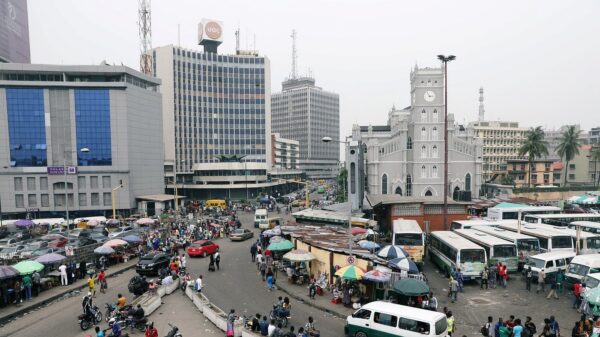








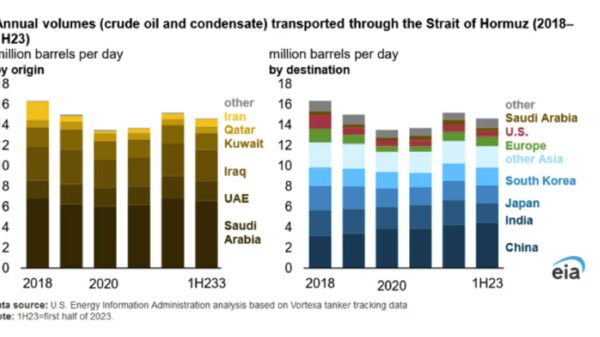







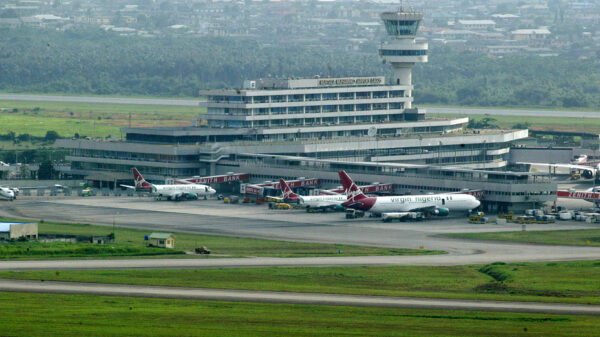
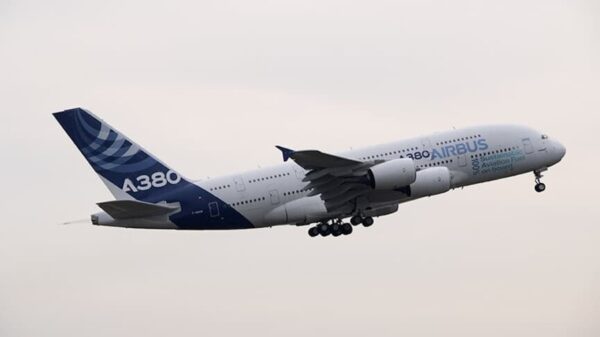
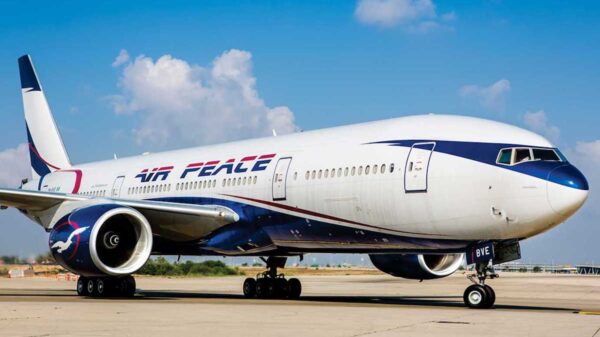
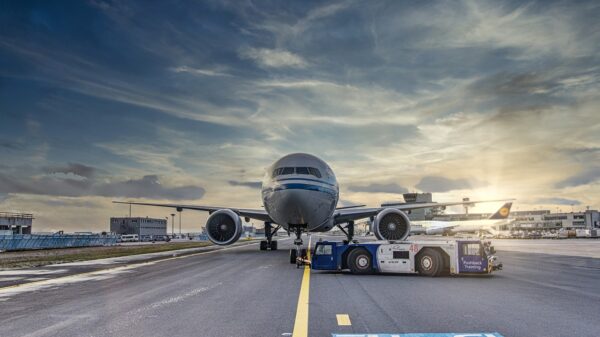





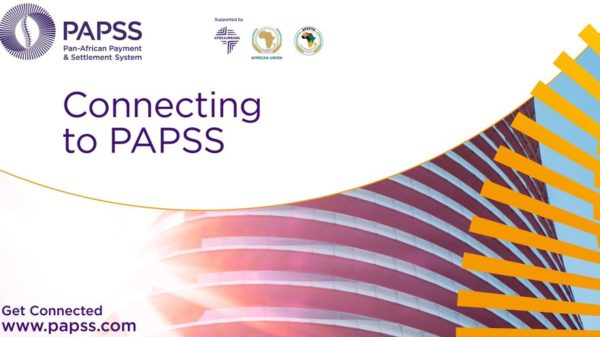



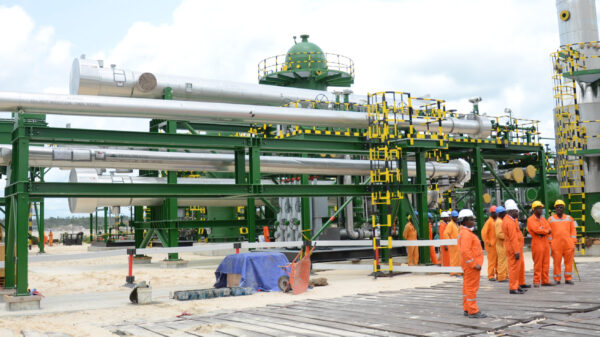















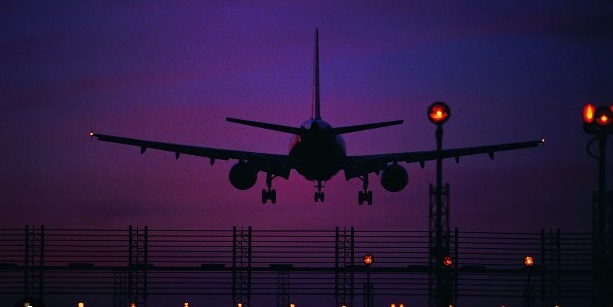




You must be logged in to post a comment Login